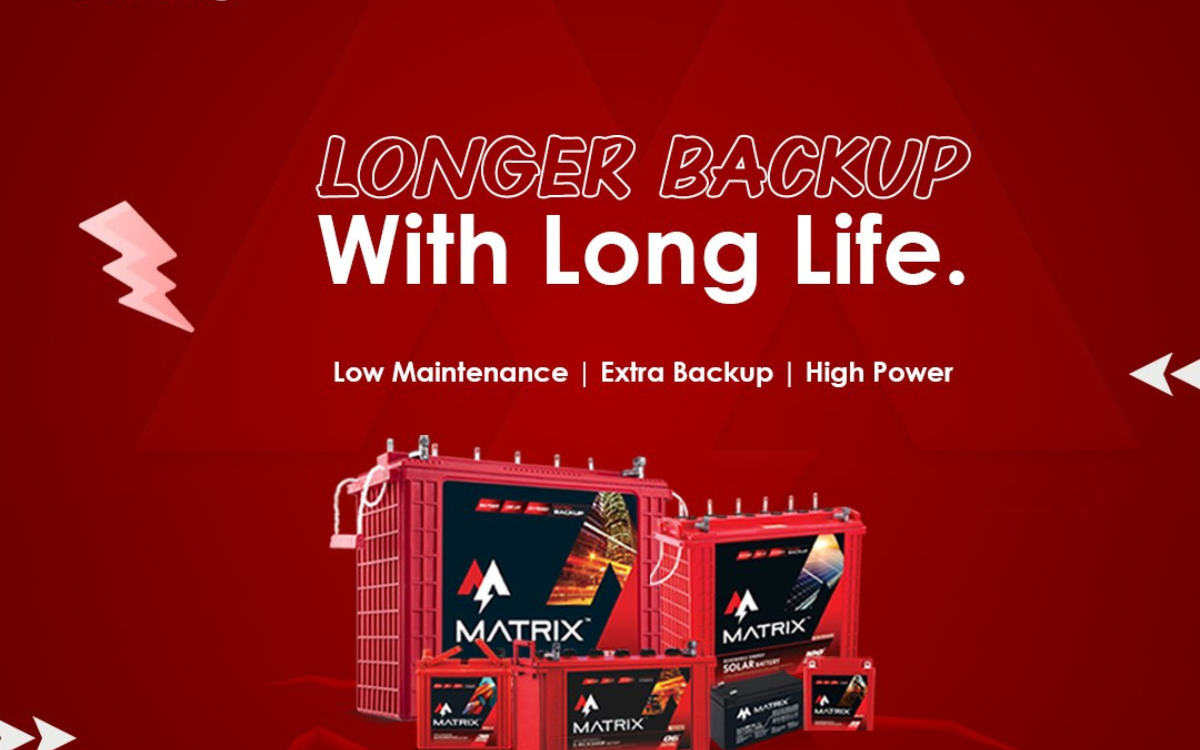Your two-wheeler’s battery is a critical component that ensures reliable and hassle-free rides. From effortless starts to uninterrupted rides, a healthy battery is vital. However, over time, various issues may arise, affecting your battery’s performance. To help you maintain your two-wheeler’s battery in top condition, we’ve compiled a list of common problems and practical solutions. These troubleshooting steps can assist in prolonging your battery’s life and ensuring it performs optimally.
1. Slow Cranking: If your two-wheeler is having trouble starting and the engine cranks slowly, it may indicate a weak battery. Check the battery voltage with a multimeter. If it’s below the recommended level, recharge the battery or consider replacing it if it’s old or damaged.
2. Battery Drainage: If you notice that your battery is constantly draining, even when the vehicle is not in use, there may be a parasitic draw. To identify the source, disconnect any aftermarket accessories or gadgets that may be drawing power and monitor the battery’s voltage over time. If the battery still drains, it’s best to consult a professional for further diagnosis.
3. Corroded Terminals: Corrosion on the battery terminals can hinder proper electrical connections. Inspect the terminals for any buildup of white or greenish residue. Clean the terminals with a mixture of baking soda and water, using a wire brush or terminal cleaner. Ensure the terminals are tight and secure after cleaning.
4. Insufficient Charging: If your battery isn’t charging properly, it could be due to a faulty charging system or a worn-out alternator. Check the charging voltage with a multimeter while the engine is running. If it’s below the recommended level, have the charging system inspected by a qualified technician.
5. Check battery fluid levels: Some batteries have removable caps that allow you to check the fluid levels. If the levels are low, carefully add distilled water to the appropriate level. Be cautious not to overfill.
6. Test the battery’s cold cranking amps (CCA): A low CCA rating can cause difficulties starting your two-wheeler, especially in colder temperatures. Use a battery tester to check if the battery meets the manufacturer’s recommended CCA rating.
7. Inspect battery cables and connections: Loose or corroded battery cables can prevent proper electrical flow. Check the cables for any signs of damage or corrosion. Clean and tighten the connections if necessary.
8. Avoid short trips: Frequent short trips don’t allow the battery enough time to recharge fully. If possible, take longer rides occasionally to help maintain the battery’s charge.
9. Use a battery tender: If you’re not riding your two-wheeler regularly, consider using a battery tender or maintainer to keep the battery charged. It will help prevent battery drainage and extend its lifespan.
10. Get professional help if needed: If you’re unable to diagnose or resolve the battery issue on your own, it’s always best to seek assistance from a qualified mechanic or technician. They can provide expert guidance and ensure proper resolution.
Conclusion:
Troubleshooting common battery issues in your two-wheeler is essential for ensuring reliable performance and extending the lifespan of your battery. From addressing slow cranking to dealing with battery drainage and corrosion, these steps can help you maintain a healthy battery.
However, it’s important to remember that not all battery issues can be resolved with DIY solutions. If you encounter persistent problems or if your battery requires replacement, seeking professional assistance is crucial to avoid further complications.
About Matrix – Your Two-Wheeler Battery Manufacturer
When it comes to reliable two-wheeler batteries, Matrix is your trusted partner. As a leading bike battery manufacturer, we are dedicated to producing high-quality batteries designed to meet the specific needs of your motorcycle or scooter. Our commitment to excellence ensures that your two-wheeler remains powered and ready to hit the road, no matter the journey. Choose Matrix for unmatched performance and durability in every battery we create.




